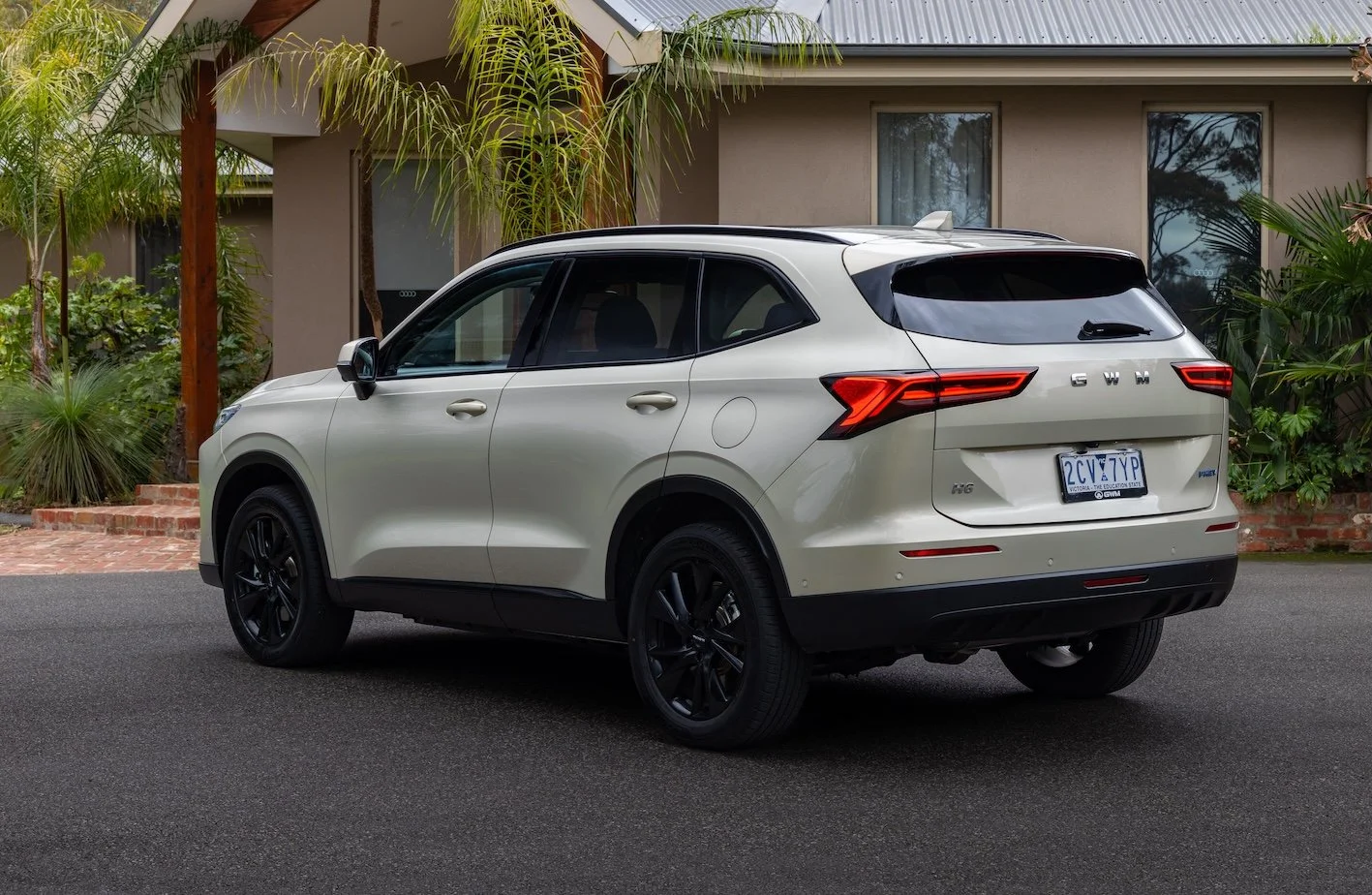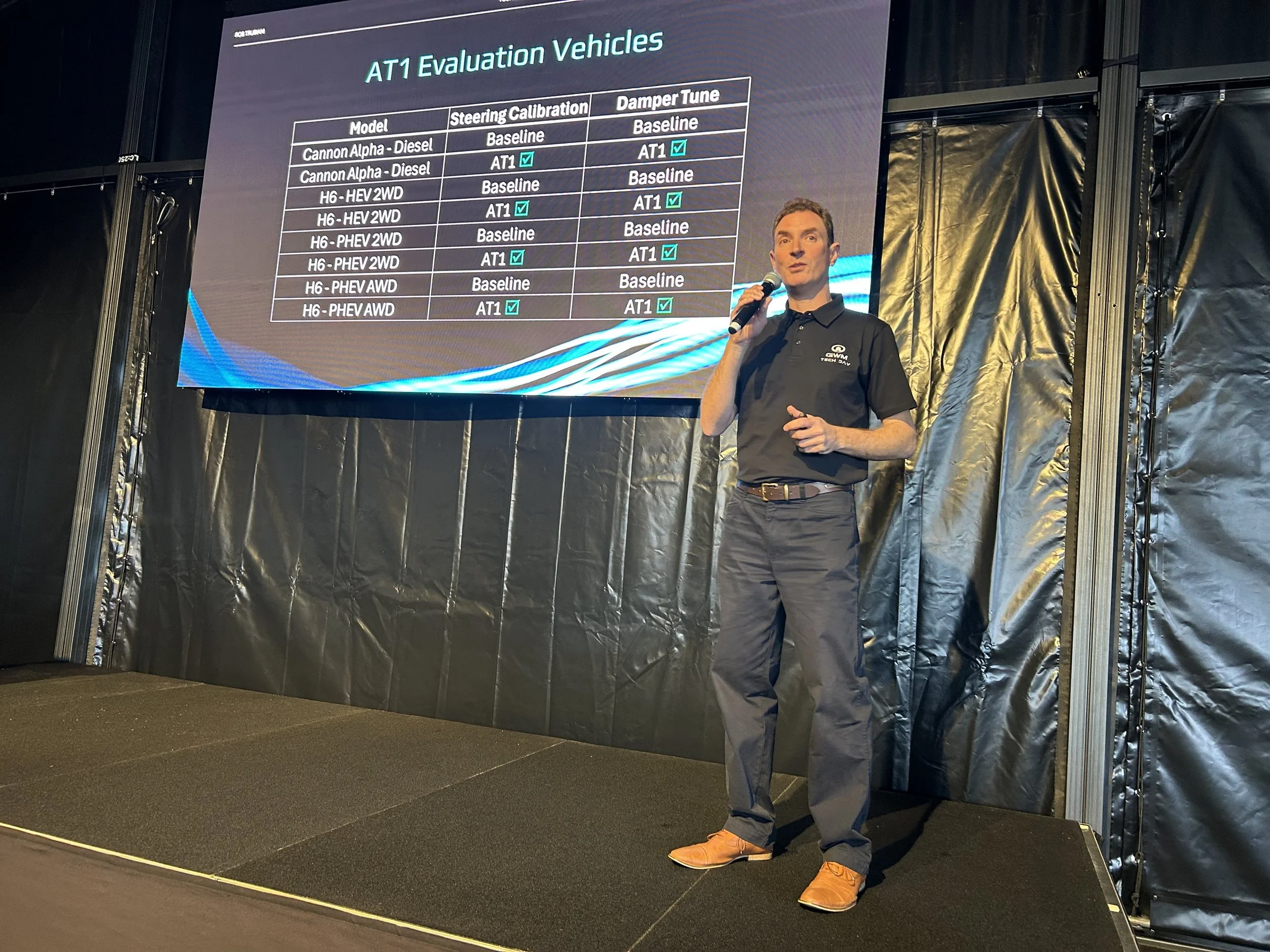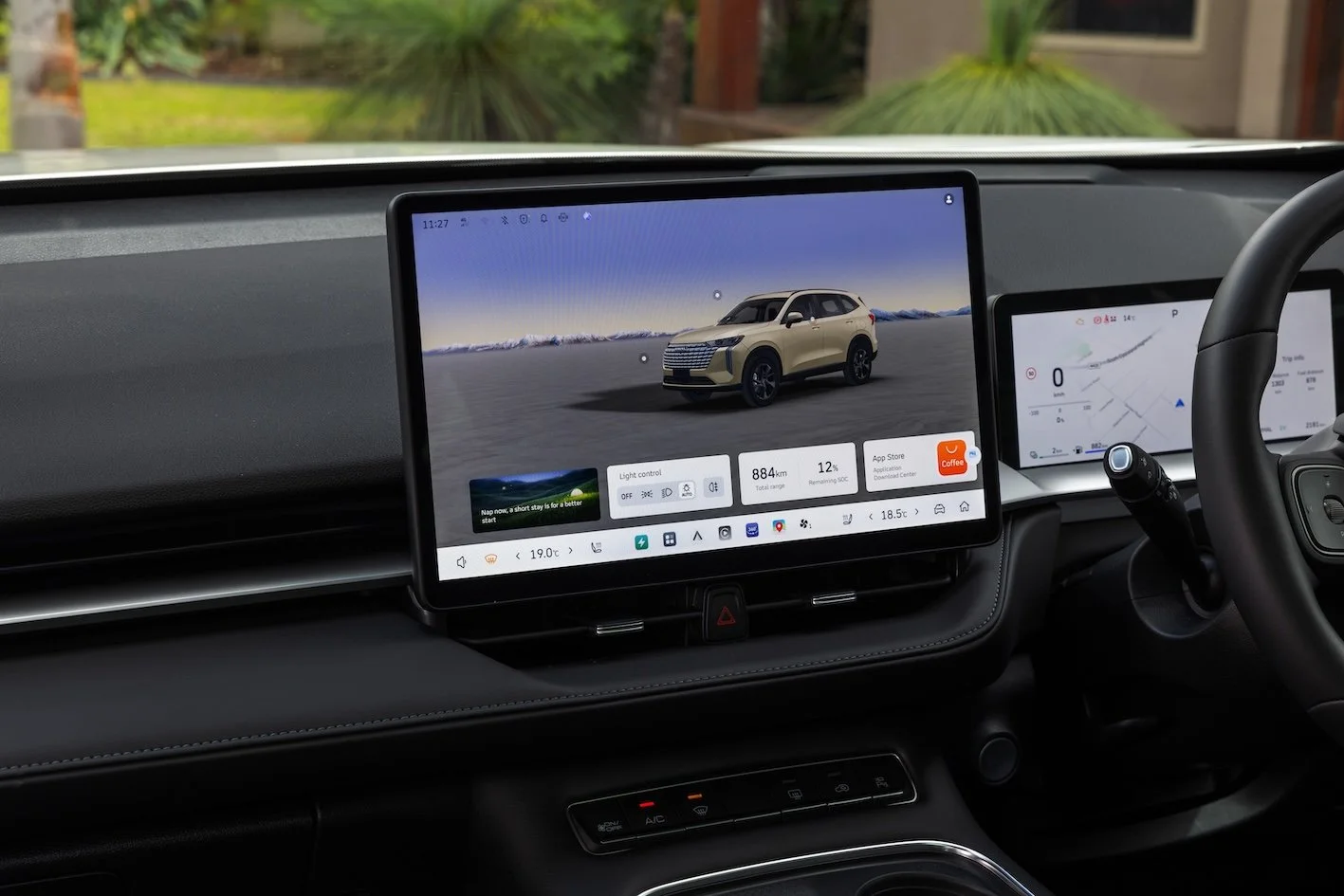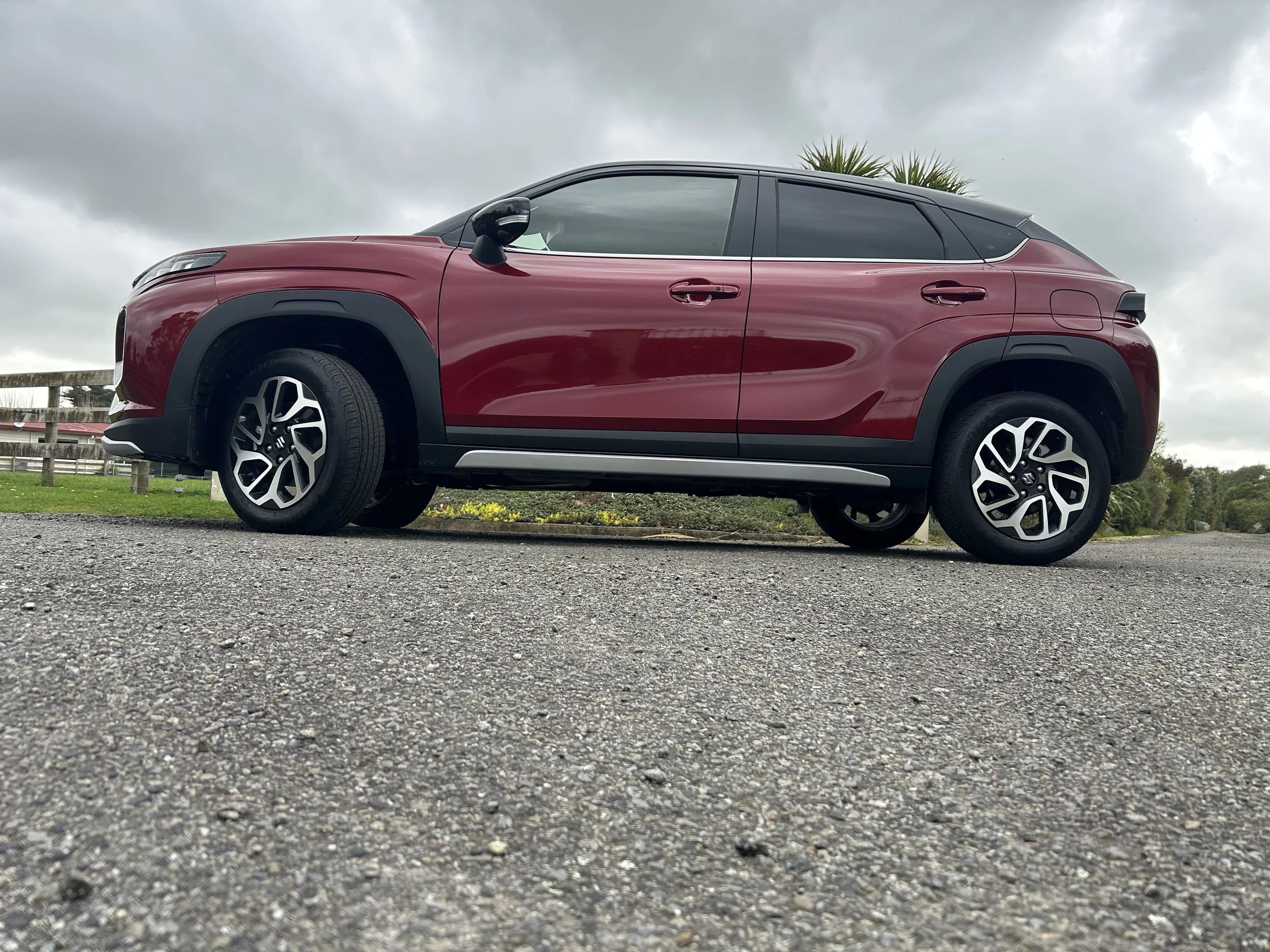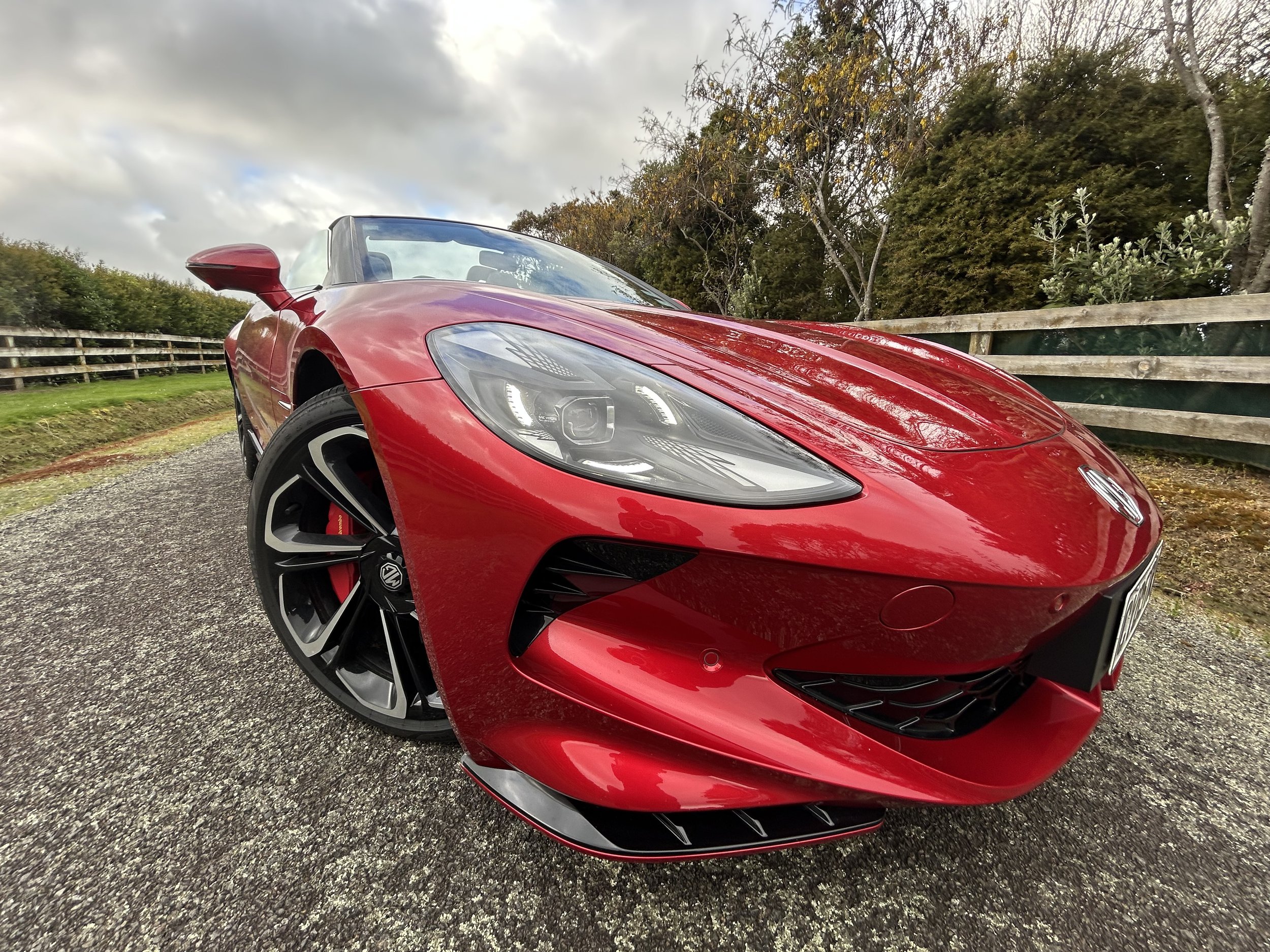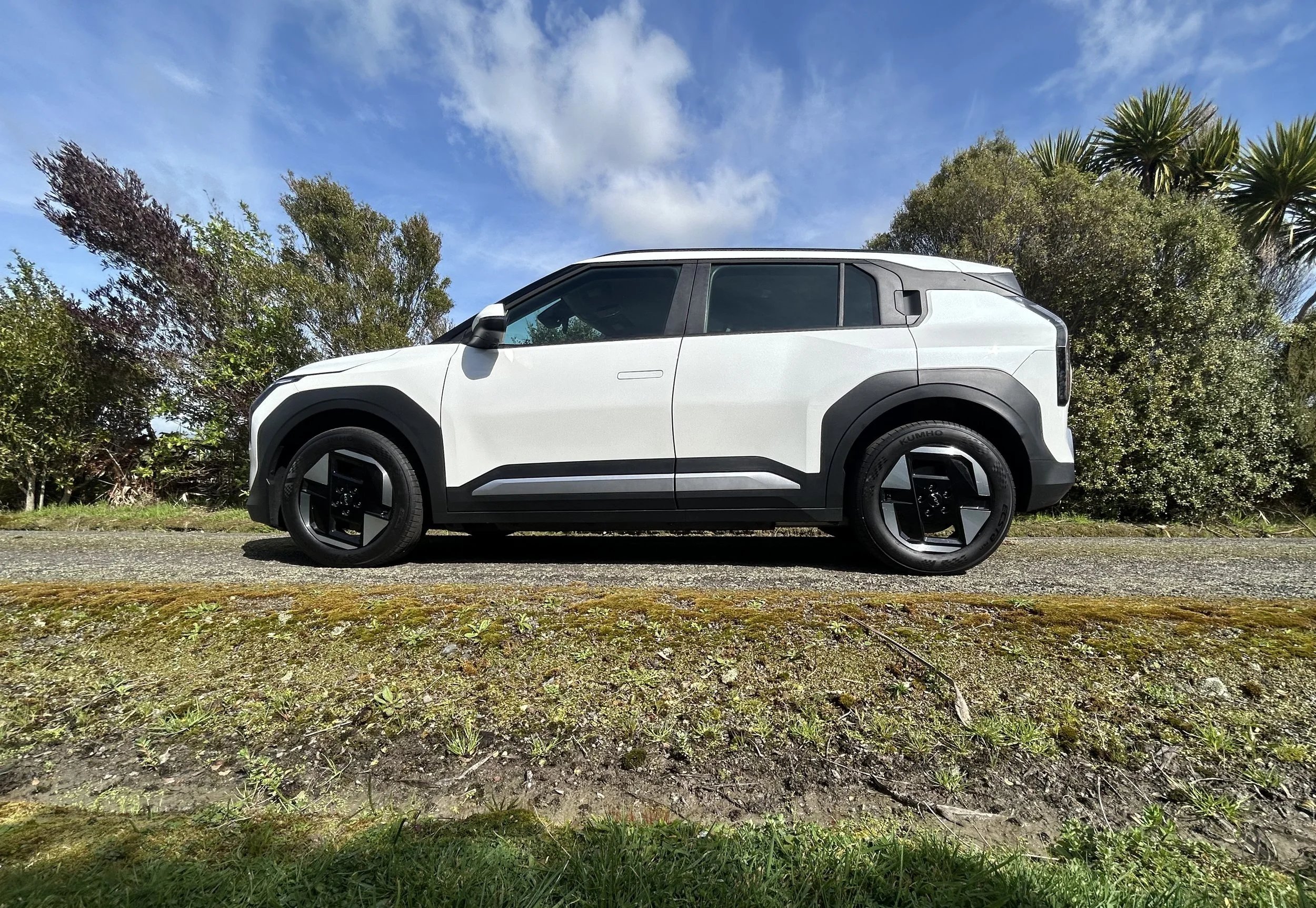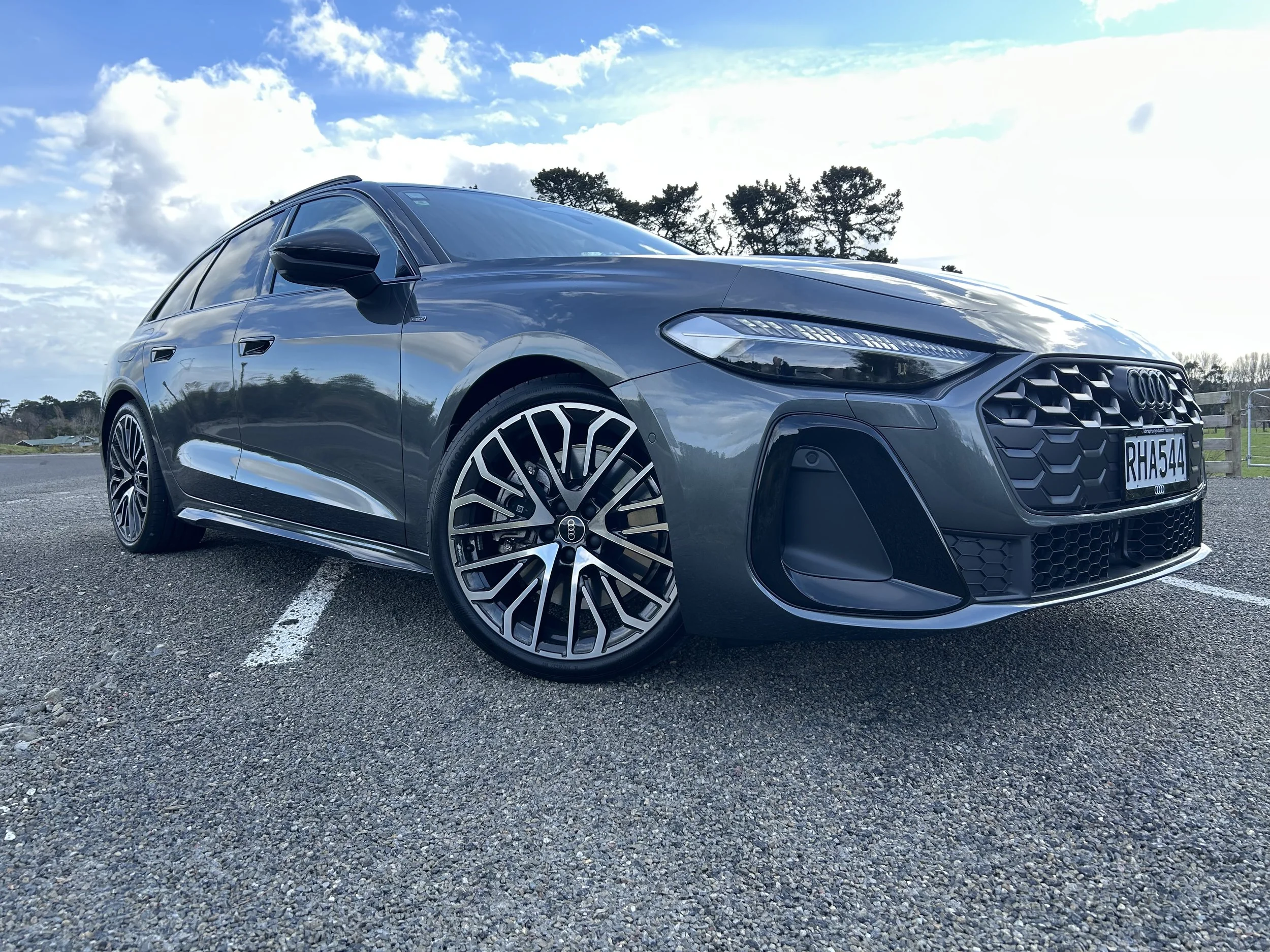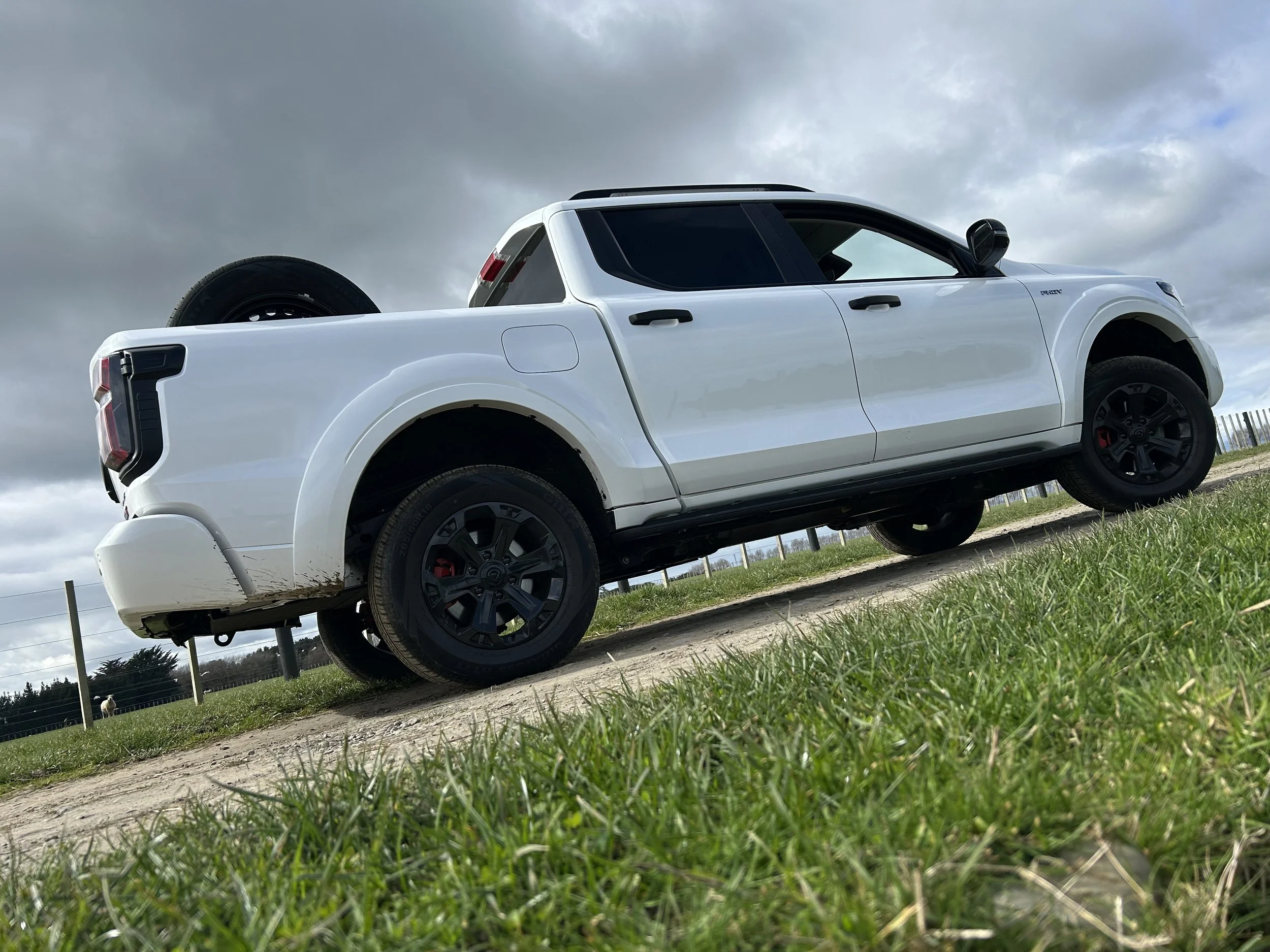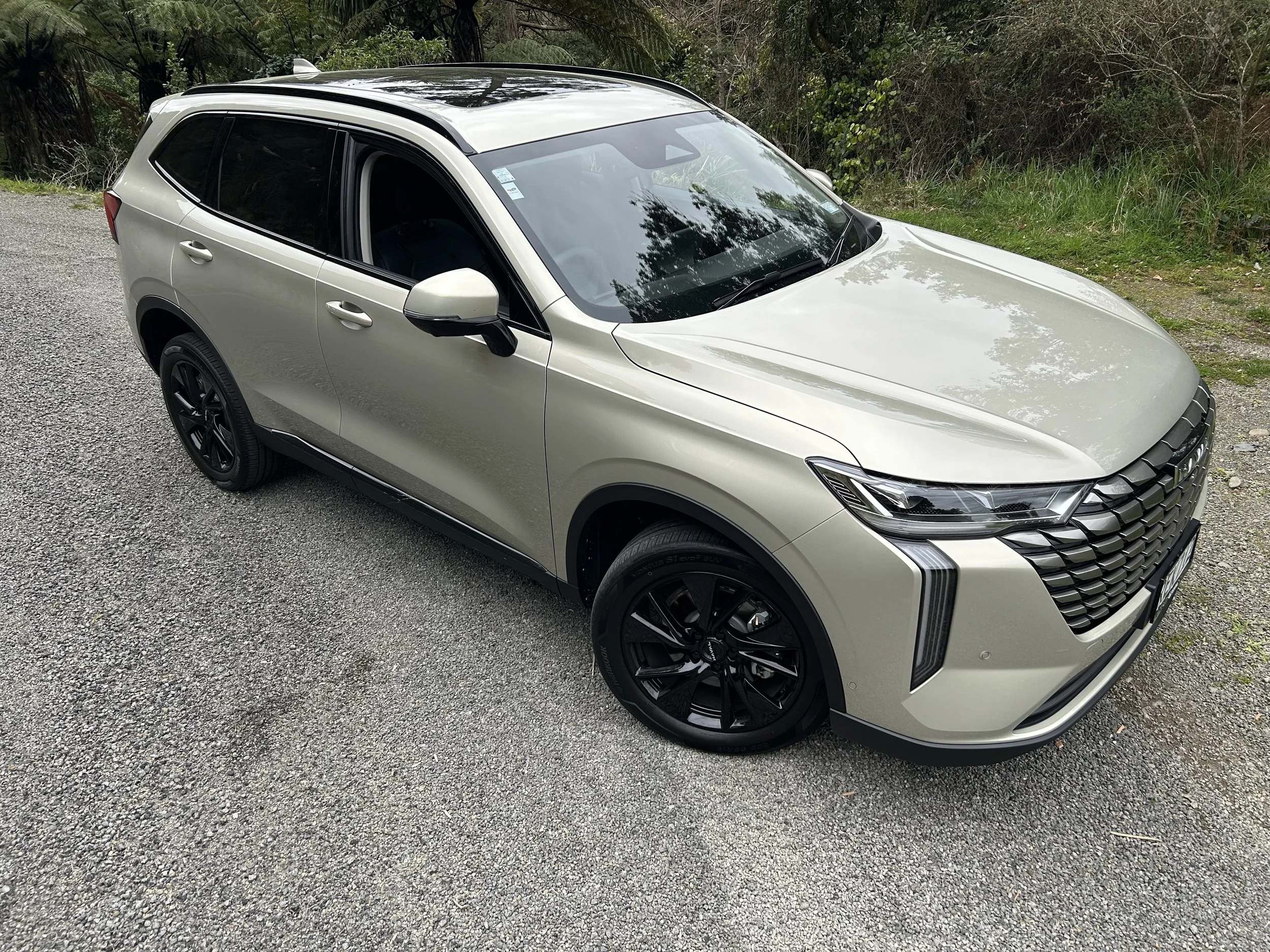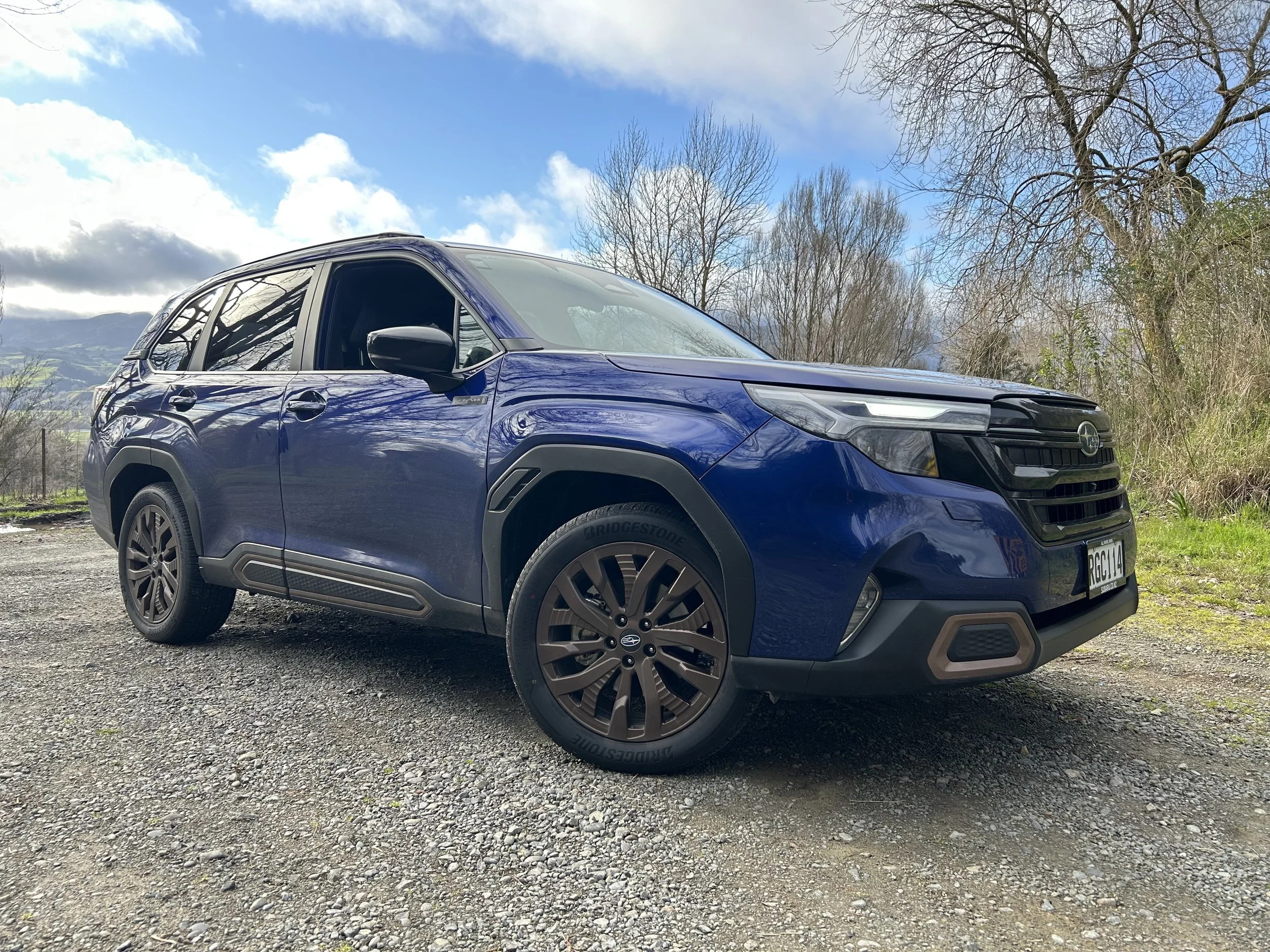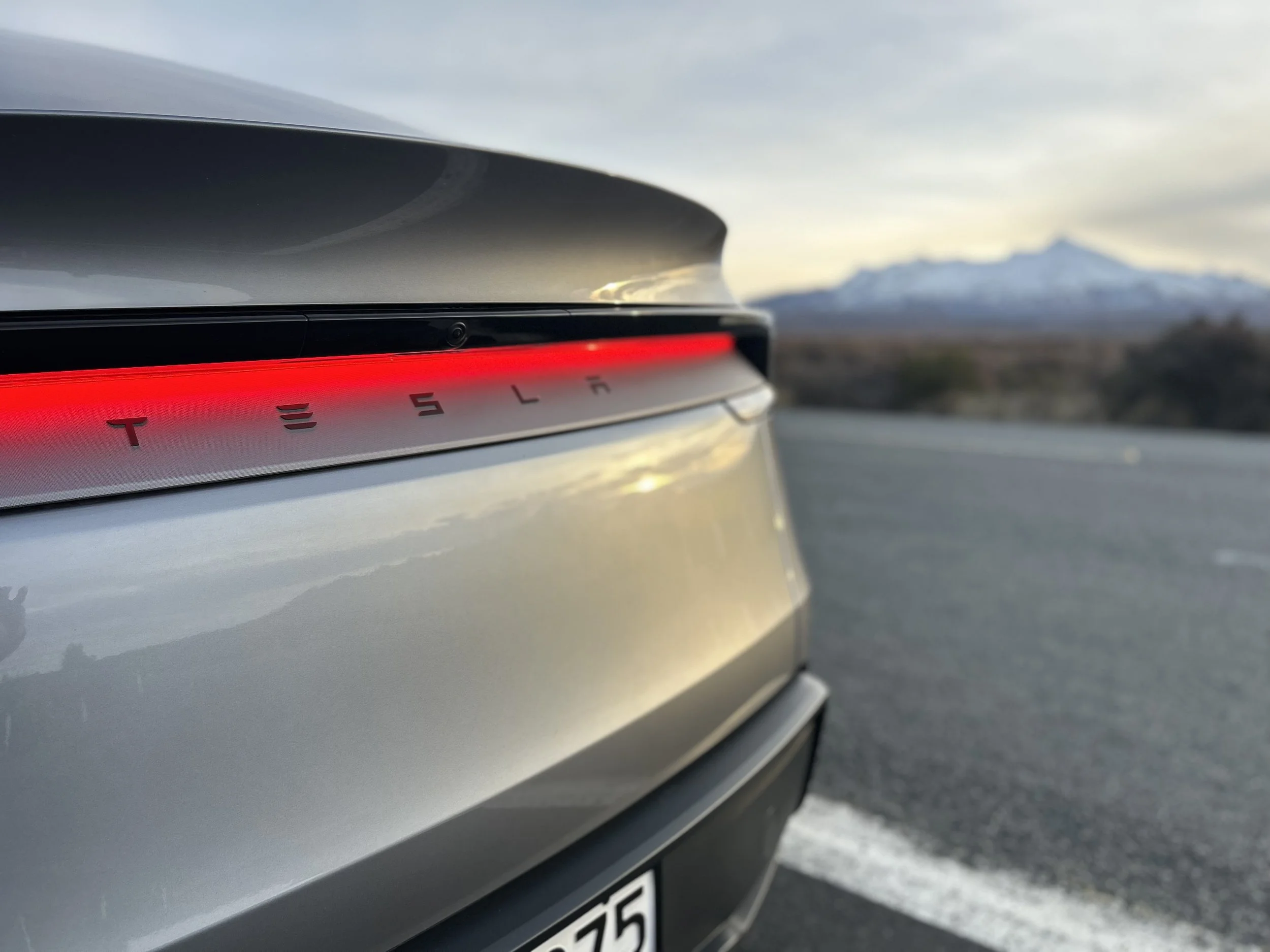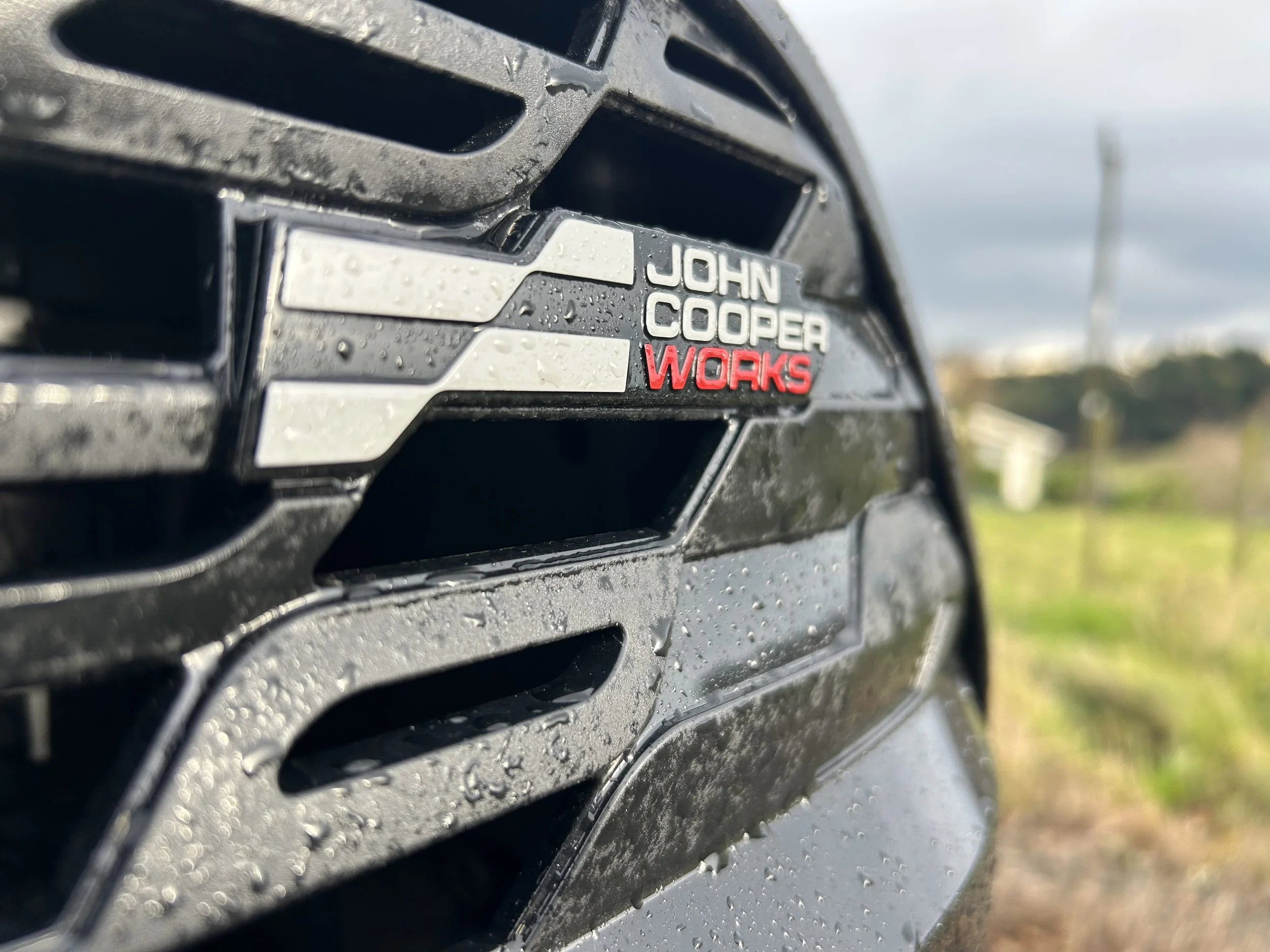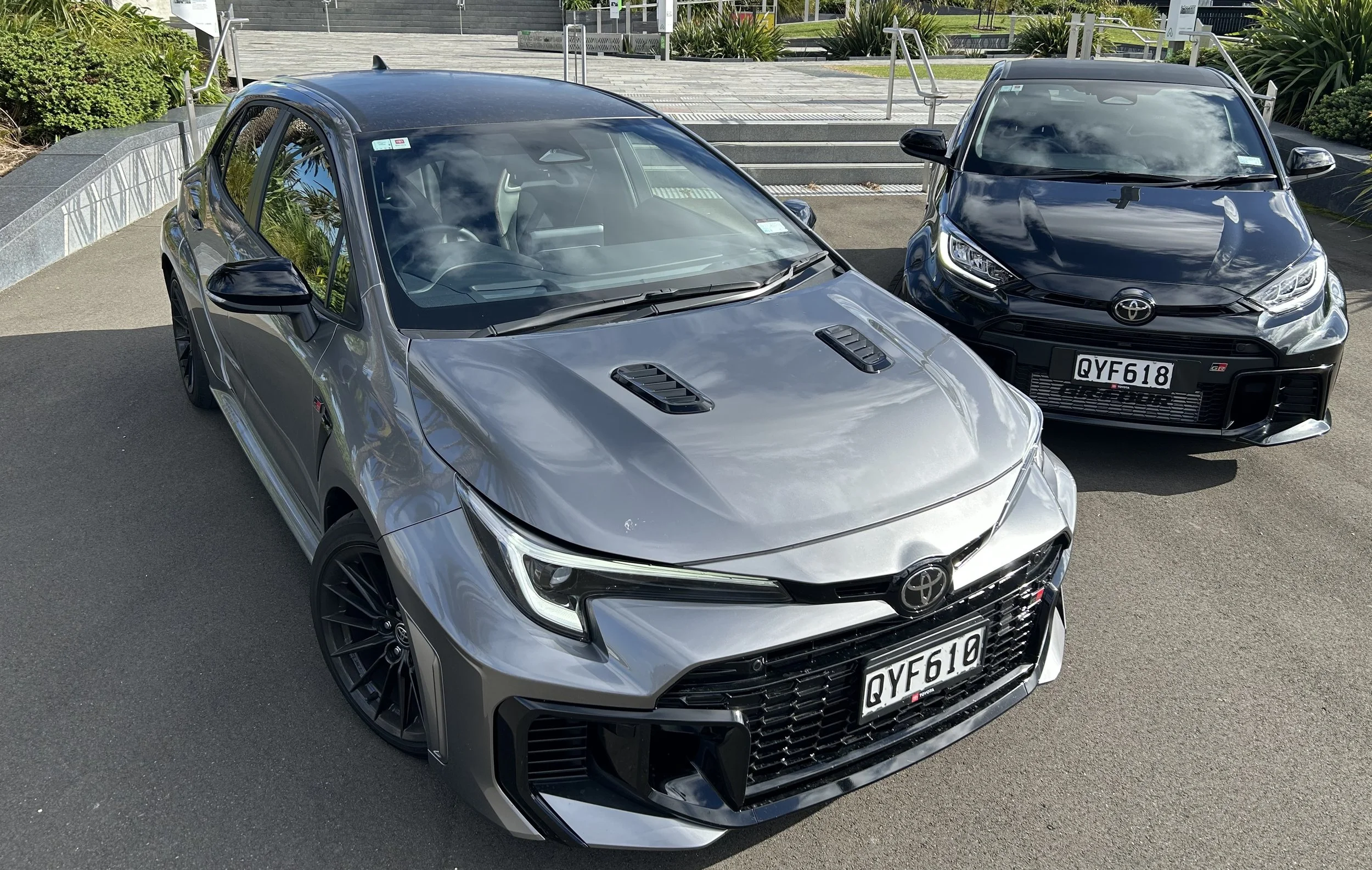GWM Haval H6 PHEV first drive: win for Aussie rules
/The new plug-in drivetrain is appealing, but what’s more immediately impressive is the localised suspension and steering retune.
MORE electric oomph is a good thing for the Haval H6, a staple of GWM’s sales push here, but potentially even more influential to its acceptance will be the ‘local’ tuning.
The Haval H6 hybrid was tested a few weeks ago. Now there’s a plug-in hybrid sister ship, also in Ultra trim; almost a total doppelgänger for look and specification.
Just that one has a charging port and the other does not, plus there’s a larger battery for the revised electric drive.
Less than an hour’s driving hasn’t been enough to get a firm grasp on every advantage from the PHEV side of things, but in respect to all I’ve learned so far, it’s a good thing done better.
More electric involvement than the self-replenishing hybrid tested on September 10 is obvious.
Obviously, as with any PHEV, the ‘sweet’ spot only lasts for as long as the battery has juice to give. On a drive done and dusted in barely 20 minutes, losing optimal assistance out of that 19.09kWh lithium iron phosphate feed was never in threat.
Though most was at open road speed, fuel burn was consistently low. Buying patterns here very clearly favour electric that don’t require plugging in to those that do. Yet, if such short trips are your daily regime, then conceivably the $8000 premium over the hybrid will be worth the while.
For this drive, though, all that side of things was secondary to another finding.
Another outcome from the HEV test was sense the factory chassis tuning was more okay than outstanding.
The steering was pleasantly weighted. But numb. Away from smooth surfaces, the car didn’t ride as subtly as some of its European, Japanese and Korean rivals. And some coarse chip created an underlying jiggle that seemed difficult to ignore once you'd noticed it.
Not exactly a surprise, sadly. GWM has weathered complaints of poor ride and handling for some time.
Room for improvement, then.
GWM earlier this year signed off on a programme to retune factory settings to better suit regional application.
For this it enlisted Rob Trubiani (below), a former top Holden engineer whose credentials are top-notch. His team sorted the Commodore for 15 years; the brilliant SS-V Redline - in my view a more-driver-attuned performance Holden than anything out of HSV - was their final opus.
The H6 has been the first GWM product to come to production readiness with steering and suspension recalibrated for regional application.
Validation of thought only good could come from this ‘AT1’ - Australasian tuning level one - process came from driving the PHEV on those assorted country roads outside the vast Lang Lang test centre in Victoria, Australia.
The car is sharper, more settled and way less sensitive to bumps. It just feels more together and safer. Less nervous, no longer flighty or floaty. More polished.
It reminds me - yes, I’m that old - of those before and after Toyotas that received the Chris Amon touch.
One obvious improvement is much much calmer it is when put across ruts and through dips; the ‘original’ settings didn’t like those. The car would thump, twitch and sway; impacts from what looked like innocuous imperfections could be so jarring you tended to steer clear.
No longer. The car is so much more assertive that, toward the end of this first rive, I was purposely steering the left-side wheels into the dirt in hope of catching it out. That never happened.
And I don’t think you will need to be an especially attuned driver to notice this.
The changes Trubiani has determined so far - because this is just stage one of a greater evolution - will tailor to all H6s coming into production from next month.
This means it’s not yet clear when they will come into circulation here; GWM has not shared about how many ‘before’ examples will make it to NZ, but some seem to be here already.
The shipping time from assembly line to showroom might be expected to take perhaps two months, maybe longer. But that’s just a guesstimate. In my view, it’ll be worth seeking clarity before buying.
The hybrid and plug-in hybrid have received more attention than the pure petrol. The battery-involved cars achieve new new software for the power steering, as well as new suspension dampers. The regular petrols get the latter only.
As said, it’s just the start. Ultimately, Trubiani wants to sort out an issue still blighting the cars we trialled - the over-zealous driver assistance set-up.
In current factory tune, the ADAS is just too reactive. You need only place the wheels within a sniff of a road edge or the centreline to effect ferocious kickback through the steering wheel.
The need for such a feature is not in dispute - aside from being requisite for GWM to get a good ANCAP safety score, it will save lives. The issue here is both the harshness of the reaction and the inconsistency of the calibration.
Trubiani believes he can remedy this, but that will require sign-off from China because it requires a deep dive into the electronic architecture. There are experts in that field, but hard to say if they are on the local team yet. Trubiani is mainly a team of one. Back in Holden days, this sort of thing required at least a dozen experts.
But he is already in the firm’s good books.
High-up executives from head office at the firm’s massive tech day event in Melbourne last week, of which this exercise was a component, were singing his praises. And it is understood that engineers who came out to Lang Lang months ago, to check out this programme, were also wowed.
What’s remarkable about the achievement is the core revision for the dampers required a single component change. Sure, it went through 60 revisions to get right. But the whole process took but a month. That’s what happens when you have someone of Trubiani’s acumen.
There’s no suggestion he’s created a class champion. But critics will be hard-pressed to keep calling it a chump. And consumers can only benefit, because the exercise has been such to such low cost - in the overall scheme of things - as it seems very likely to be soaked up without change to the sticker price.
Other GWM models sold here are also being given the AT1 process. We drove some of those, in ‘before’ and ‘after’ state, in a separate exercise at Lang Lang. All that is still subject to embargo.
As for the PHEV? This drive was with the all-wheel-drive edition, which still has the quirk of resorting to front-drive when pulling hard out of intersections. Meaning there’s wheelspin when you won’t always expect, or want it. I’td be nice if that could be addressed, too.
These plug-ins run the same 1.5-litre petrol engine-based dual electric motor hybrid that goes into the GT we’ve had since last year, but deliver with 240kW/540Nm in front drive and 268kW/760Nm in AWD, against 321kW/772Nm from the flagship.
From this limited interaction, the AWD PHEV seems a quicker, more responsive car than the AWD HEV. There’s also more electric involvement that you can feel and, unfortunately, sometimes also hear, as a high-pitched whine.
Economy and maximum range calculations shared by GMW are to the NEDC scale, which has been superseded in New Zealand by the far more accurate WLTP-3.
Not data relevant to the latter is availed, but the brand-cited expectations of 1-1.1 litres per 100km economy, 106-100km pure electric driving and ranges of more than 1000 kilometres under NEDC are unlikely to look as good using WLTP-3. The engine runs on 91 octane fuel.
Like the GT, the new types use a CCS2 charging port and claim 30-80 percent DC replenishment in under 30 minutes.
The Ultra specification includes a 14.6 inch touchscreen, sunroof, heated and ventilated front seats, 360 surround view camera, leather-accented trim in cream or black and a rich complement of safety assists.
The Ultra hybrid and Ultra PHEV are identically outfitted in the cabin but the PHEV picks up the new ‘Coffee OS 3’ firmware with an interface similar to that used by Tesla and some other Chinese cars. There wasn’t time to use that. While the route was pre-sorted into sat nav, the organisers decided to use a third party guidance unit rather than the car’s.
The writer attended as a guest of GWM, with travel, accomodation and meals provided.

